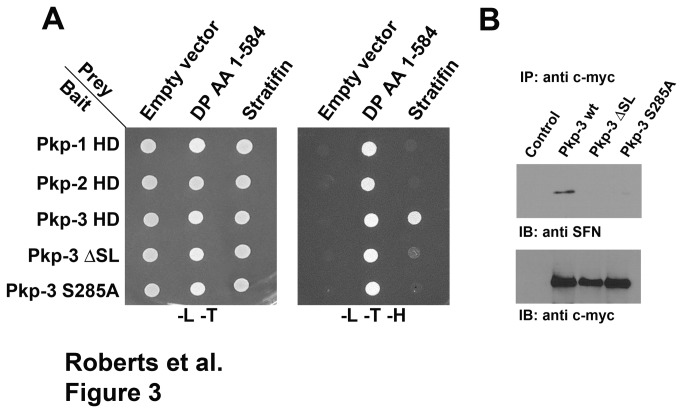Figure 3. Stratifin interacts directly with plakophilin-3 but not with plakophilin-1 or plakophilin-2.
A. Y2H Gold yeast cells were doubly transformed with “bait” and “prey” plasmids. The bait plasmids (pGBKT7) were plakophilin-1 HD (amino acids 1-234), plakophilin-2 HD (amino acids 1-342), plakophilin-3 HD (amino acids 1-307), plakophilin-3 HD ΔSL lacking amino acids 283-287) or plakophilin-3 HD S285A. The prey plasmids were empty vector (pGADT7), desmoplakin (amino acids 1-584) or full-length stratifin. All the transformants grew on selection plates lacking leucine and tryptophan indicating they contained both plasmids. Activation of the histidine reporter was assessed by cell growth on plates lacking histidine. Note that desmoplakin interacted with all the plakophilin bait proteins while only wild-type plakophilin-3 HD interacted with stratifin. B. Cell lysates were immunoprecipitated using anti-myc from A431 cells (control) and A431 cells expressing myc-tagged full-length plakophilin-3, plakophilin-3 ΔSL or plakophilin-3 S285A. Immunoblot analysis using anti stratifin demonstrated that stratifin co-immunoprecipitated with wild-type plakophilin-3 but not plakophilin-3 ΔSL or S285A.

